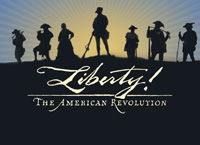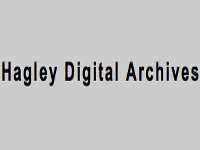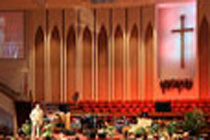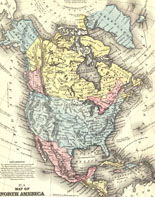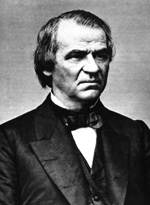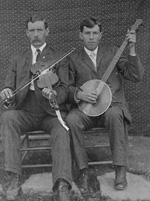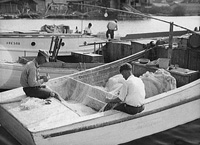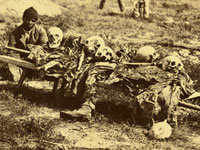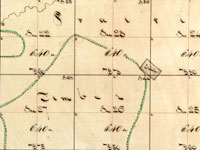Death of the Dream: Farmhouses in the Heartland
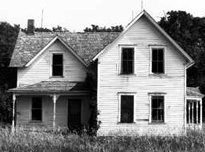
This website is a companion to the one-hour Public Broadcasting System documentary Death of the Dream: Farmhouses in the Heartland, produced by Chuck Olsen of Twin Cities Public Television. The film and website were inspired by photographer and essayist William Gabler's book of the same title, and depict the first settlements, rise, flourishing, and decline of the farm houses of the midwestern prairie. The Homes on the Prairie section includes a lengthy (roughly 1500-word) narrative about the history of the settlement and rural culture that developed in the midwest, along with descriptions and 15 images of the different kinds of architecture found on the prairie. The Literary Collection category provides 13 links to poems, essays, and excerpts from novels that capture the character of the midwest farm life. Another section offers a virtual tour of a classic "L" shaped farmhouse, from the porch to the kitchen, parlor, and bedrooms. The site also contains a bibliography of five scholarly books on the midwest and rural farm life, links to seven websites on similar topics, and a bibliography of ten essays and photographic essay works about rural midwestern life. Though this site provides no primary documents, it is a good site for gathering general information on the midwest, rural life, and vernacular architecture.
